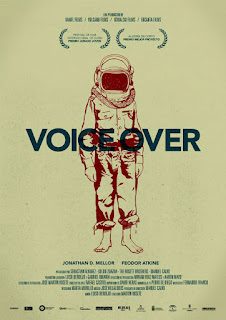PRODUCTION TIPS: The Director/DP relationship (things each should do)

Recently, I had the opportunity to speak with Haffe Acosta , who works on films as a DP and an AC from low-budget indies to mainstream big budget projects, about the things a director and DP should do to make for a great working relationship and a great picture. He suggested 3 things a director can do for the DP and vice-versa. "The relationship between the DP and the Director is like a marriage; there must be ultimate trust in this partnership." ~~Haffe Acosta. 3 THINGS THE DIRECTOR SHOULD DO TO MAKE THE DP's LIFE EASIER HAVE A LOOK BOOK OR SKETCH JOURNAL FILLED WITH NOTES, ARTWORK, PHOTOGRAPHS AND VIDEO CLIPS . A picture is worth a thousand words is never more true than when a director is trying to explain to the DP what shot they want. The DP's life is made much easier when the director can point to pictures and other movies for what look they are going for. BE REALISTIC (BUDGETWISE AND TIMEWISE) . A good DP loves a challenge but some direc



